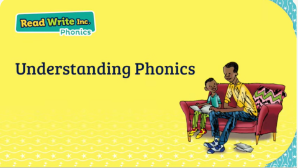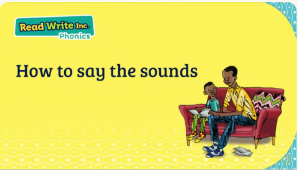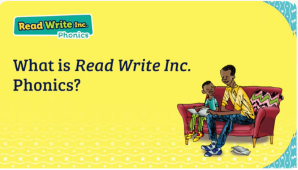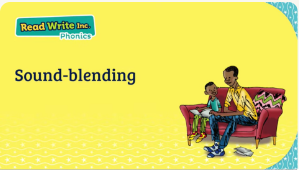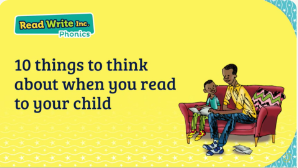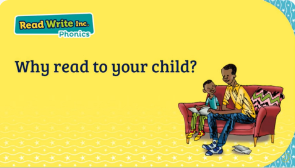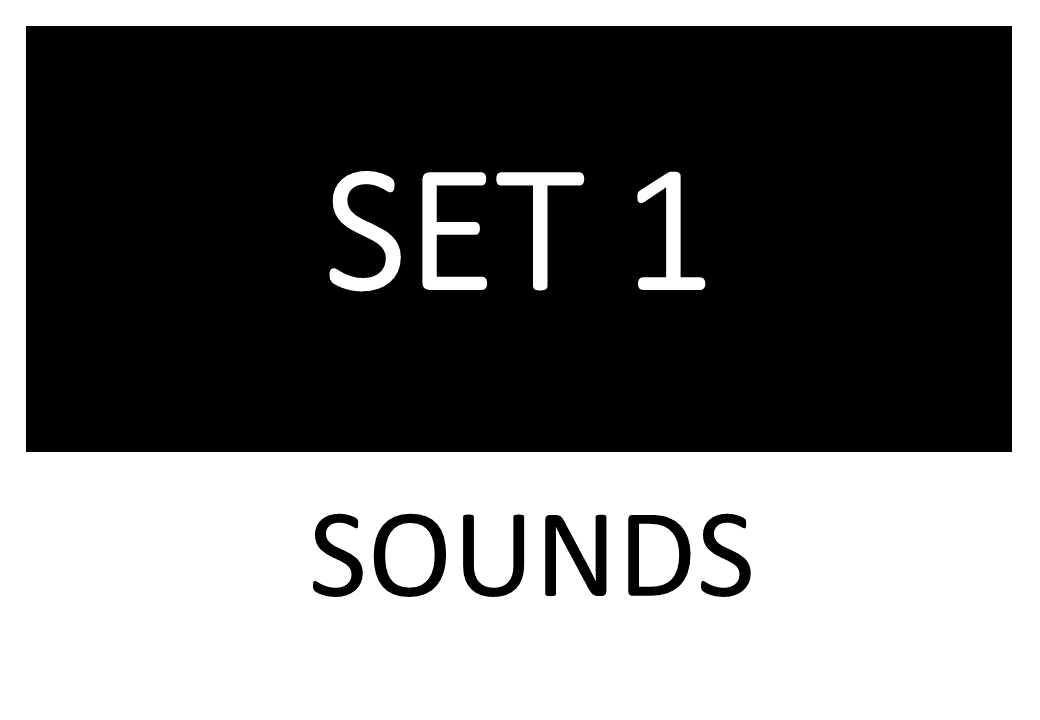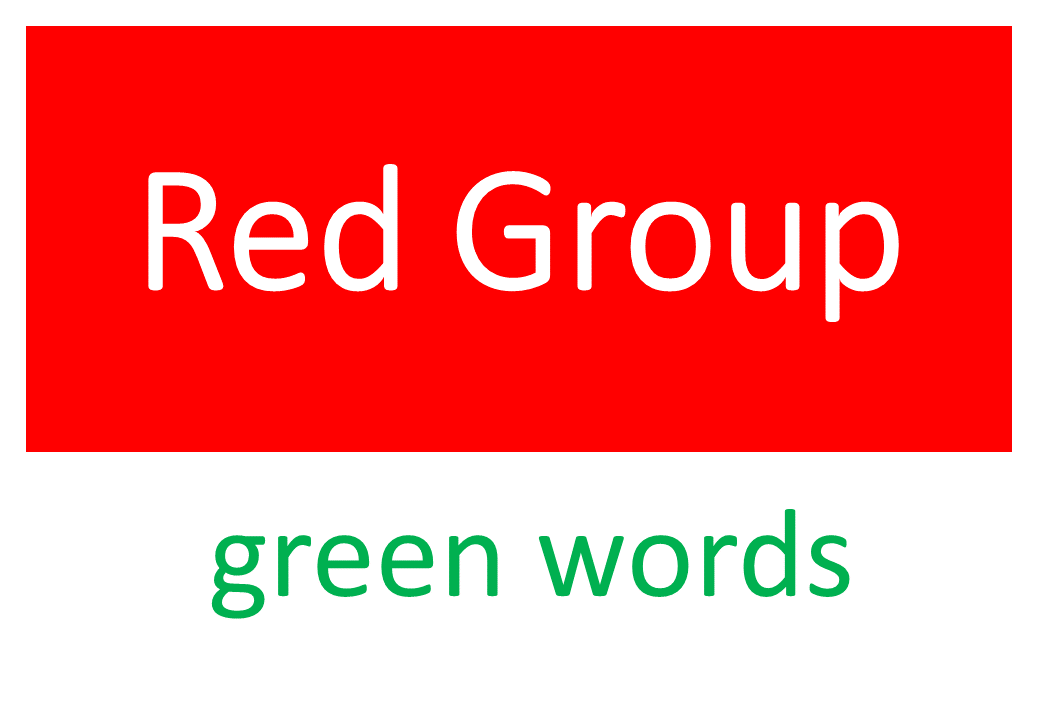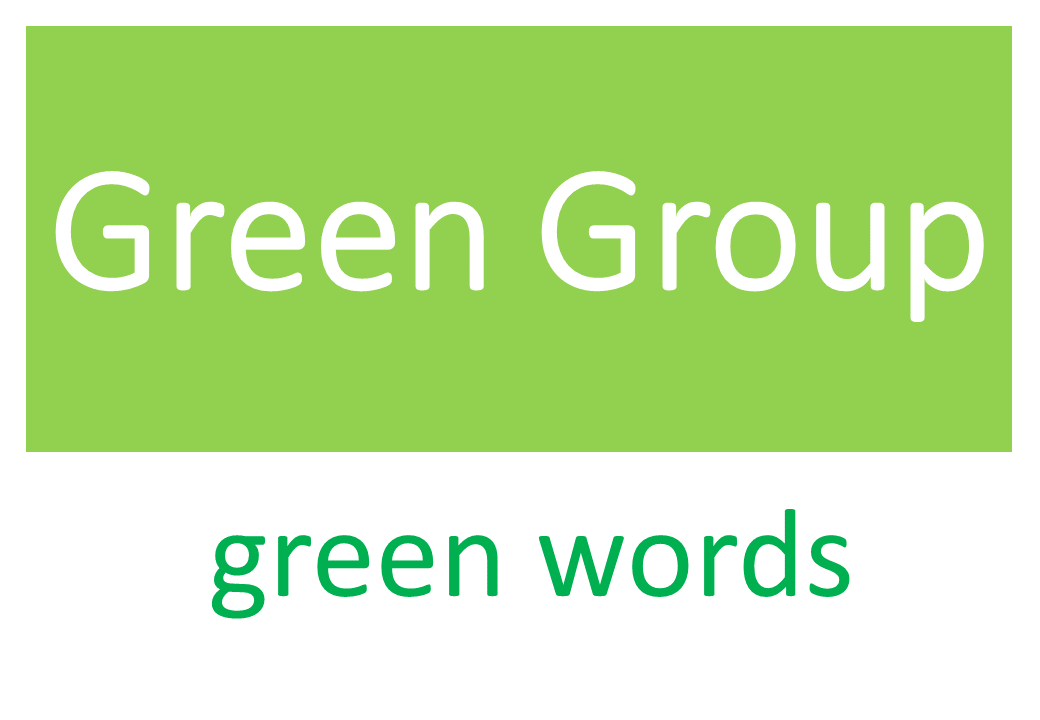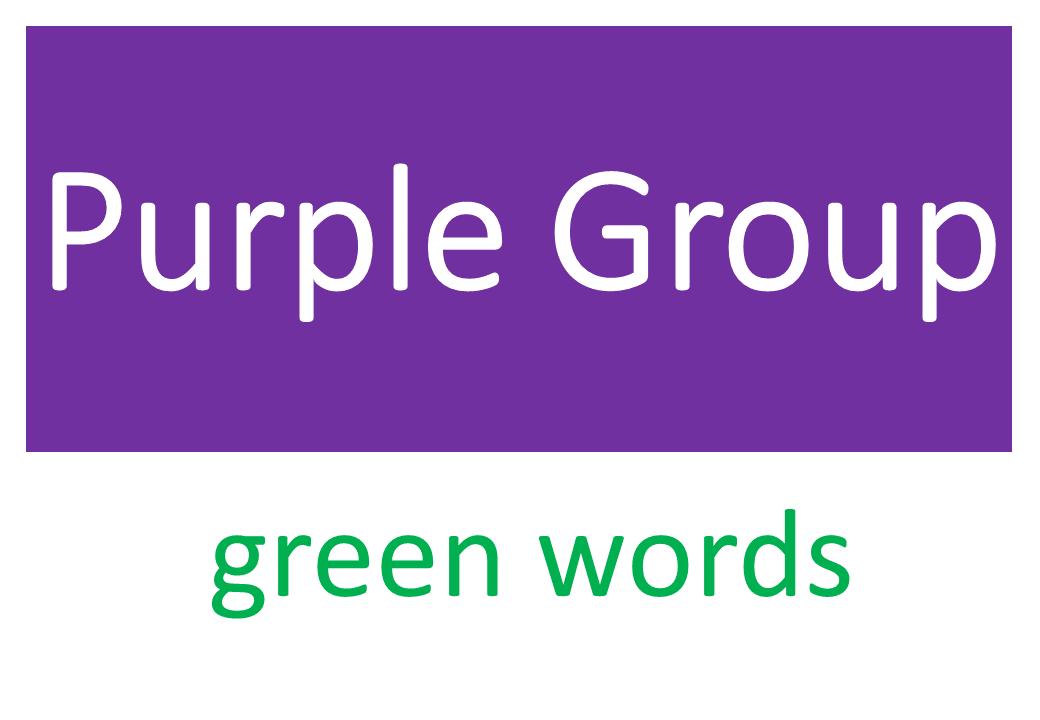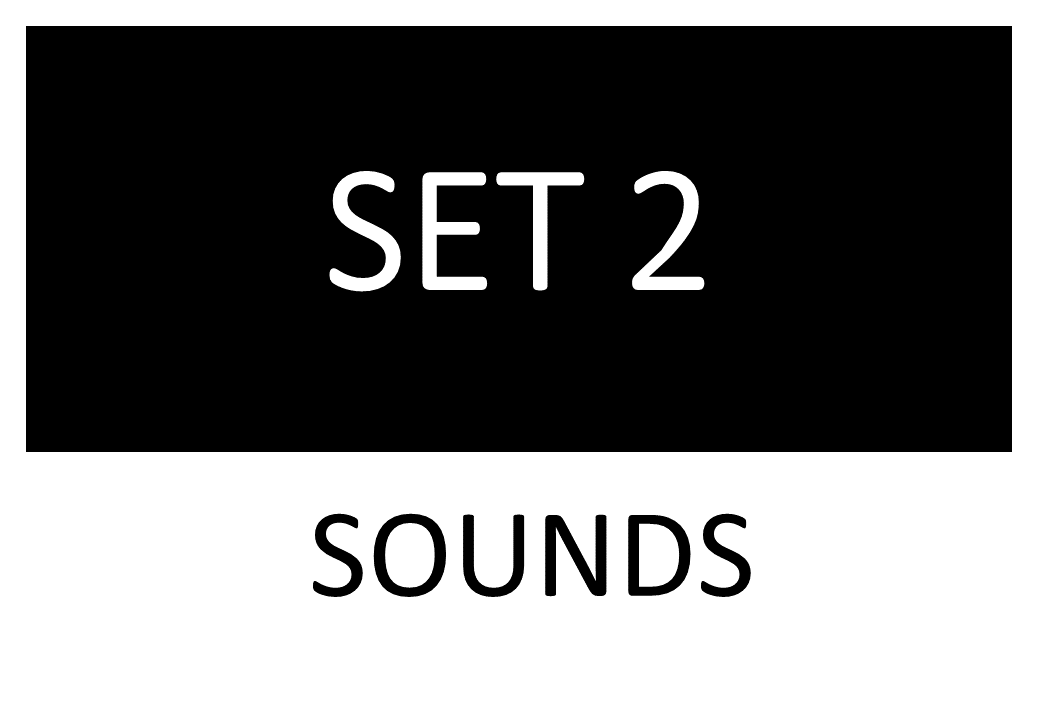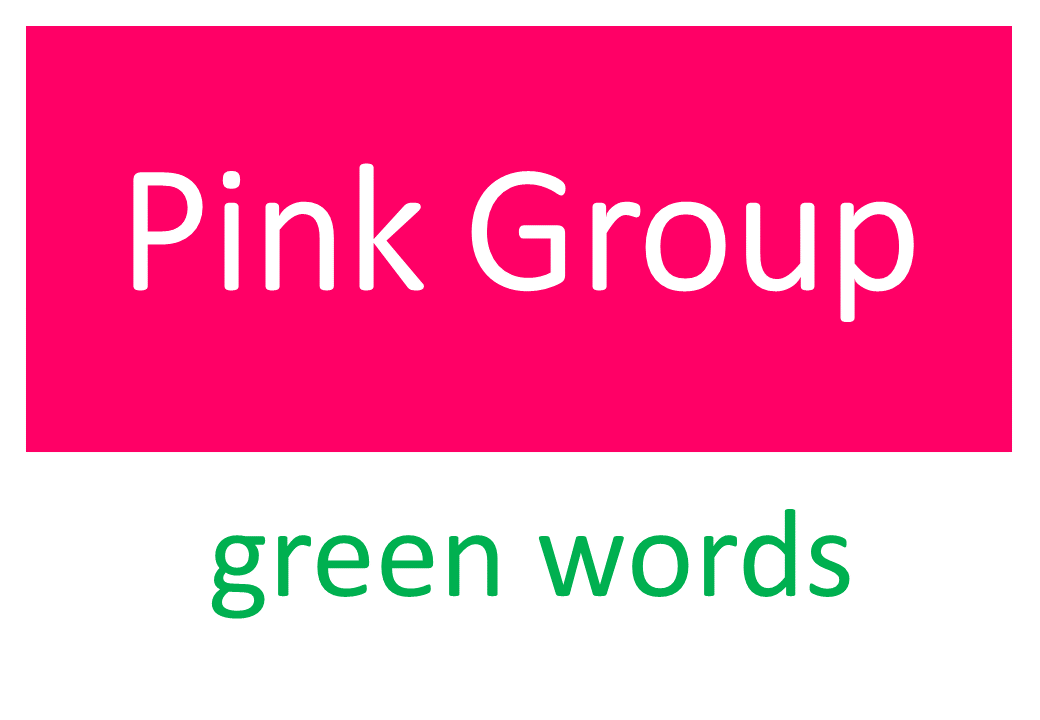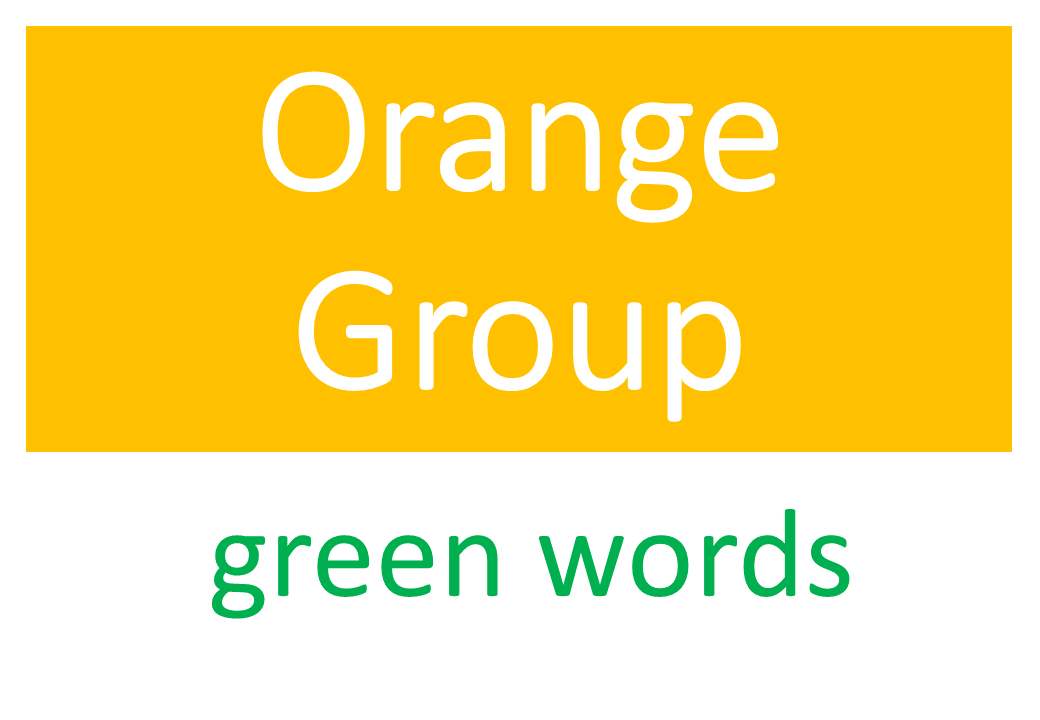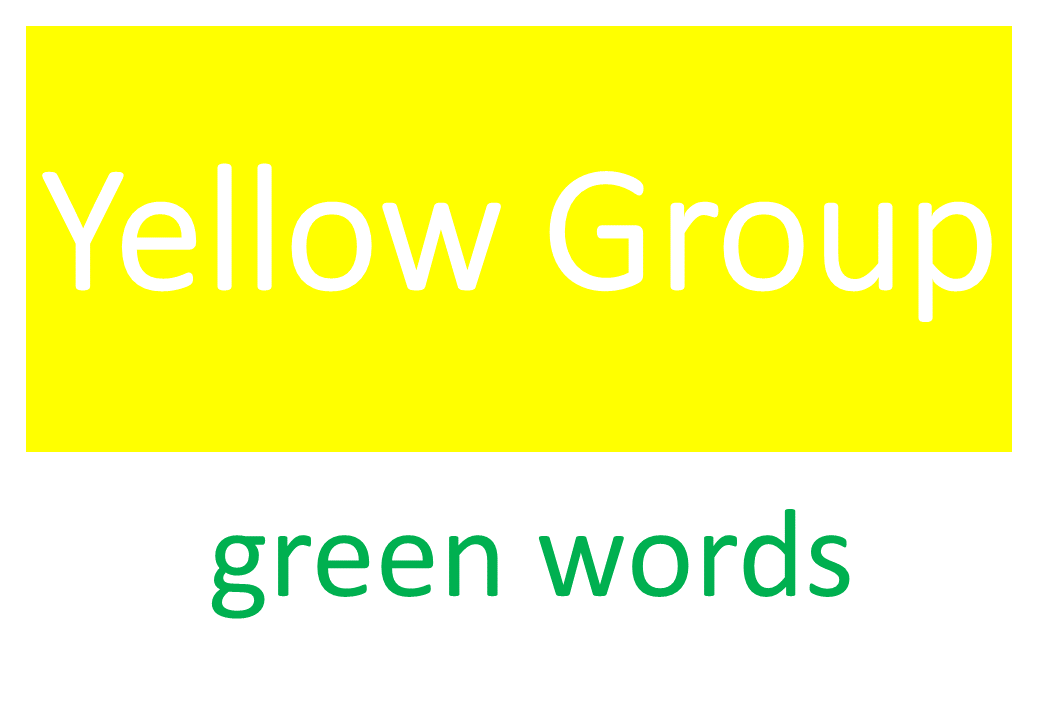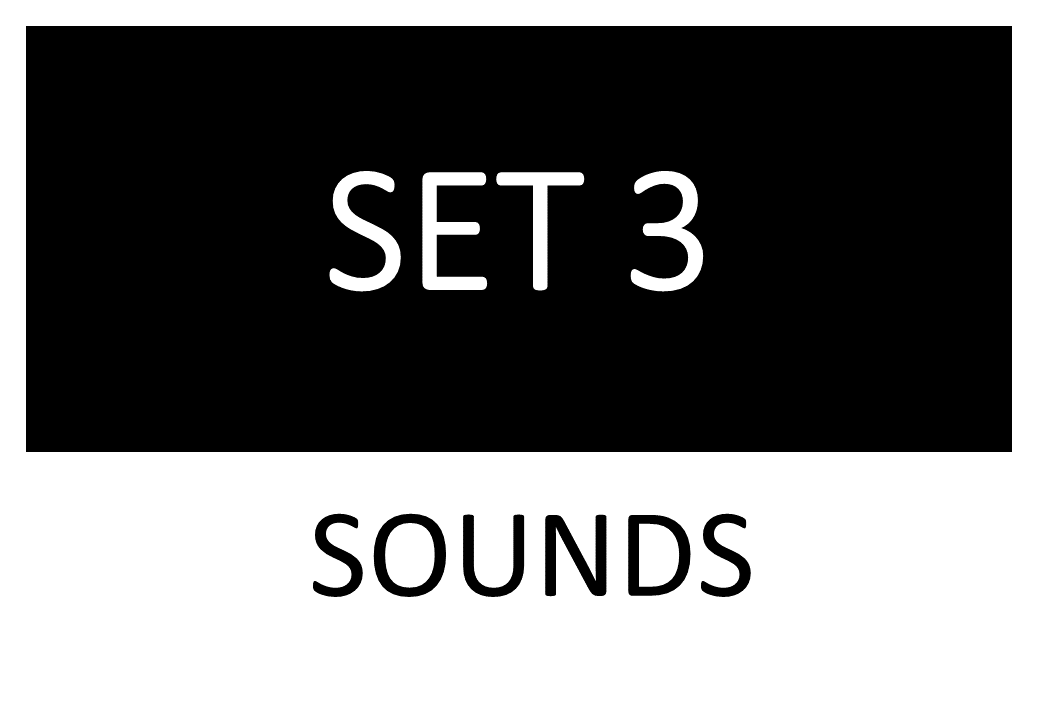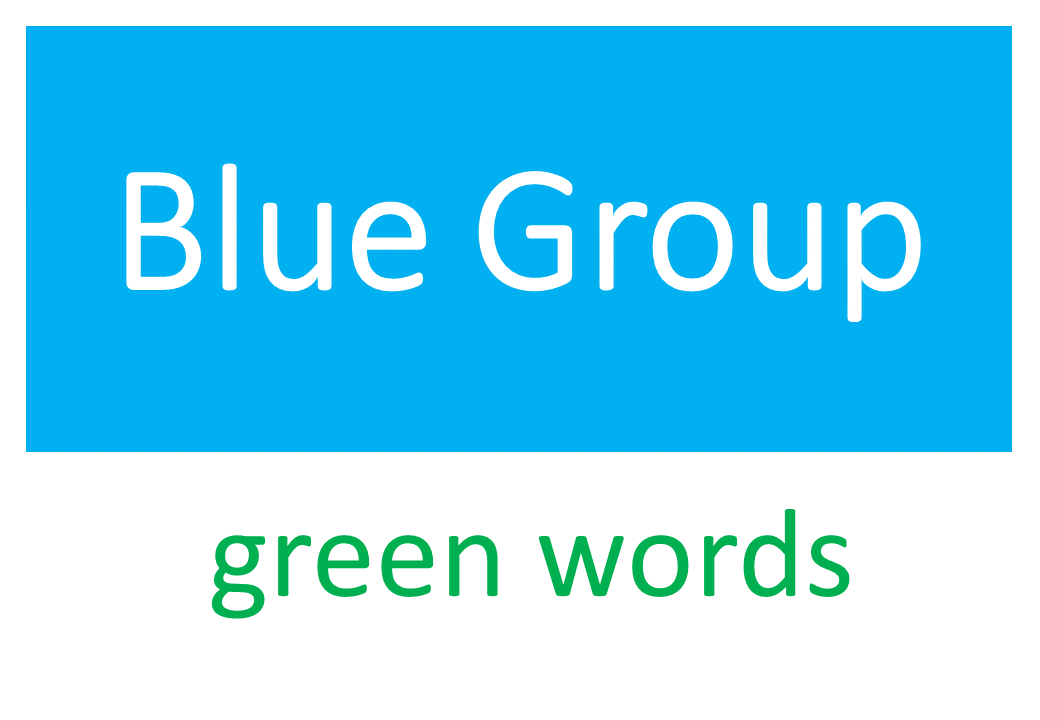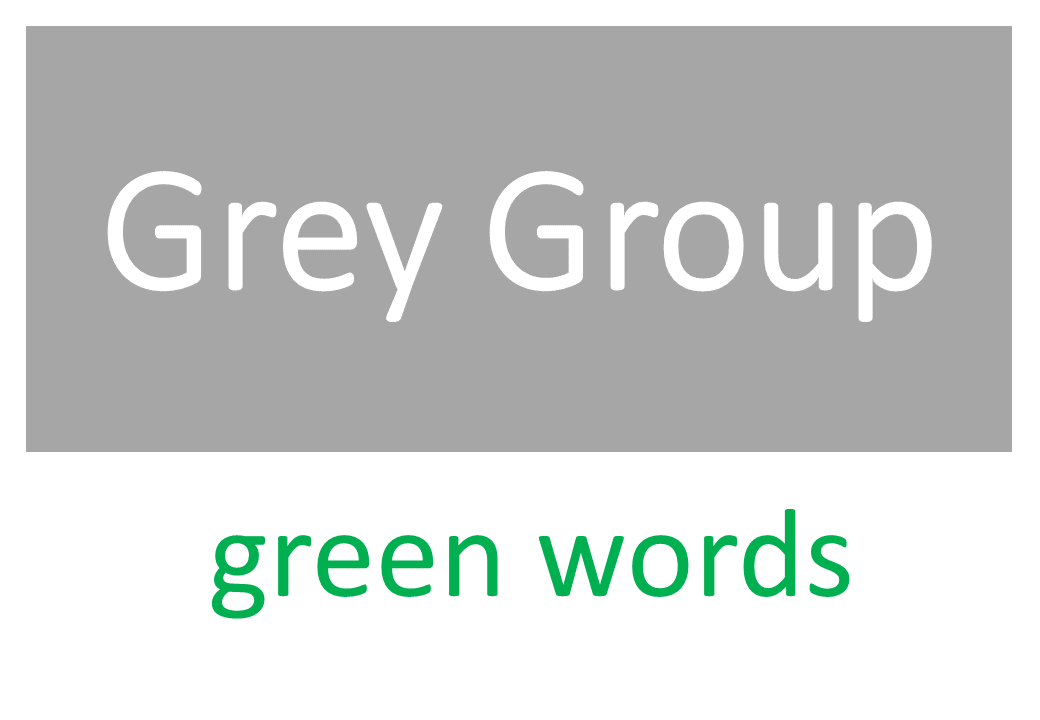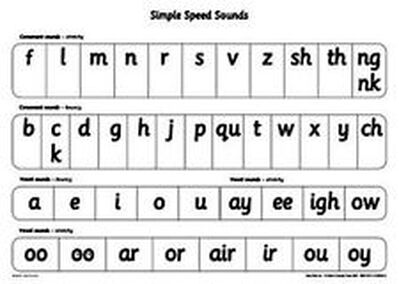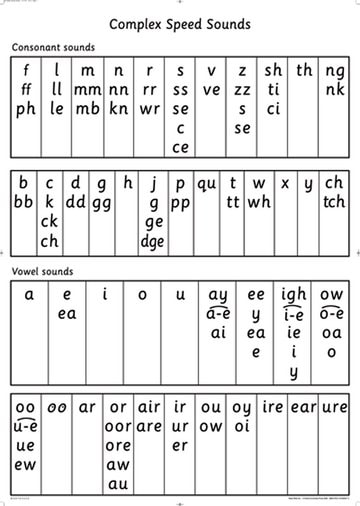Reading at Rushmere Hall
Out of everything we do at Rushmere, teaching reading is our most important job.
Our aim is to teach all children to decode unfamiliar words by the time they leave Year 1. From Year 2 onwards, we aim to teach children to read with fluency, expression and understanding and to use what they have read to broaden their understanding of the wider curriculum.
We aim to create a love of reading, by sharing daily high quality books with our children, by reading to and with them, and by supporting our parents to make reading an enjoyable part of their daily routine.
We choose books that make our children think and question. Our books both reflect the community in which the children live and introduce them to lives different from their own. Children read widely across the curriculum, in all forms, including non-fiction books, magazines and newspapers and digital formats.
Our aim is to teach all children to decode unfamiliar words by the time they leave Year 1. From Year 2 onwards, we aim to teach children to read with fluency, expression and understanding and to use what they have read to broaden their understanding of the wider curriculum.
We aim to create a love of reading, by sharing daily high quality books with our children, by reading to and with them, and by supporting our parents to make reading an enjoyable part of their daily routine.
We choose books that make our children think and question. Our books both reflect the community in which the children live and introduce them to lives different from their own. Children read widely across the curriculum, in all forms, including non-fiction books, magazines and newspapers and digital formats.
Please see our SEND page for details of how ALL subjects are adapted to meet the needs of all pupils.
In this subject area, there are a number of specific adaptations made for our pupils:
- We use the Read Write Inc programme to deliver phonics which is already a very inclusive programme.
- 'Keep up activities' delivered on the same day as the main teacher to ensure that children stay on track and reducing the need for 'catch up' activities.
- We use Read Write Inc Freshstart for new arrivals to the school in Key Stage 2 who have not experienced our high quality phonics programme.
- 1 to 1 tuition
- Small group teaching in streamed groups
- Adapted resources e.g magnifiers, coloured paper, enlarged posters, radio mics (Hearing Impairment)
- British Sign Language signers
- Additional support and resources sent home.
- Meetings with Parents to show how their child can be supported at home with the reading materials / specific sounds.
- Additional sounds practice lessons for those children struggling to form particular sounds
- Additional reading opportunities for those who do not have the opportunity to practice at home.
In this subject area, there are a number of specific adaptations made for our pupils:
- We use the Read Write Inc programme to deliver phonics which is already a very inclusive programme.
- 'Keep up activities' delivered on the same day as the main teacher to ensure that children stay on track and reducing the need for 'catch up' activities.
- We use Read Write Inc Freshstart for new arrivals to the school in Key Stage 2 who have not experienced our high quality phonics programme.
- 1 to 1 tuition
- Small group teaching in streamed groups
- Adapted resources e.g magnifiers, coloured paper, enlarged posters, radio mics (Hearing Impairment)
- British Sign Language signers
- Additional support and resources sent home.
- Meetings with Parents to show how their child can be supported at home with the reading materials / specific sounds.
- Additional sounds practice lessons for those children struggling to form particular sounds
- Additional reading opportunities for those who do not have the opportunity to practice at home.
Decoding & Fluency: Read Write Inc & Phonics Teaching
At Rushmere Hall we use the Read Write Inc (RWI) programme to get children off to a flying start with their literacy. RWI is a method of learning centred round letter sounds and phonics, and we use it to aid children in their reading and writing.
Reading opens the door to learning. A child who reads a lot will become a good reader. A good reader will be able to read more challenging material. A child who reads challenging material is a child who will learn. The more a child learns, the more he or she will want to find out.
Using RWI, the children learn to read effortlessly so that they can put all their energy into comprehending what they read. It also allows them to spell effortlessly so that they can put all their energy into composing what they write.
When using RWI to read the children will:
When using RWI to write the children will:
Reading opens the door to learning. A child who reads a lot will become a good reader. A good reader will be able to read more challenging material. A child who reads challenging material is a child who will learn. The more a child learns, the more he or she will want to find out.
Using RWI, the children learn to read effortlessly so that they can put all their energy into comprehending what they read. It also allows them to spell effortlessly so that they can put all their energy into composing what they write.
When using RWI to read the children will:
- learn 44 sounds and the corresponding letter/letter groups using simple picture prompts
- learn to read words using Fred Talk
- read lively stories featuring words they have learned to sound out
- show that they comprehend the stories by answering questions.
When using RWI to write the children will:
- learn to write the letters/letter groups which represent 44 sounds.
- learn to write words by saying the sounds in Fred Talk
- write simple sentences
Parent Guides and additional support
It is likely that many parents were not taught synthetic phonics when at school. The phonics programme at Rushmere Hall is precise and specific and therefore parents may find these guides useful when support their child.
| RHPS - Parent Guide to Read Write Inc |
Speed Sounds at Home
|
Using RWI, the children learn to read effortlessly so that they can put all their energy into comprehending what they read. It also allows them to spell effortlessly so that they can put all their energy into composing what they write.
When using RWI to read the children will: - learn that sounds are represented by written letters – to practice the sounds and how to pronounce them accurately use the videos below. The videos below model how the sounds are formed. Very different from when you may have been at school. Sounds are much shorter and lose the 'er' sound that you may have put at the end. E.g. 'M' is Mmmm, rather than 'M-err' |
Below is a copy of the Reading presentation which explains how we teach RWInc and how to help your child at home.
| ||
- learn 44 sounds and the corresponding letter/letter groups using simple picture prompts. Children will learn the simple speed sounds first and then move onto the complex speed sounds. (See below)
- learn how to blend sounds and read words using Fred Talk. Words that can be blended with the sounds that they have learnt are called Green Words
|
|
| ||||||||||||||
- Learn that some tricky words that cannot be sounded out easily – these are Red Words
| Red Words SET 1 - 4 |
- read fun and lively stories featuring words they have learned to sound out and show that they comprehend the stories by answering questions and discussing the text
Additional help at home
Quick swipe PDFs
Load these up on a tablet or phone whilst at home or in the car and encourage your child to read as many words at they can by swiping left. If incorrect they swipe right and then move on again when they get it right. The red words are words that we hope children learn by sight.
Load these up on a tablet or phone whilst at home or in the car and encourage your child to read as many words at they can by swiping left. If incorrect they swipe right and then move on again when they get it right. The red words are words that we hope children learn by sight.
|
|
|
| ||||||||
Phonics grouping across Reception and Key Stage 1
Pupils are grouped in ability groups for phonics teaching. Group run across Reception, Year 1 and Year 2.
The school sends home books that link directly to sounds they have been working on and the material also contain the sounds that have been learnt so far.
The school sends home books that link directly to sounds they have been working on and the material also contain the sounds that have been learnt so far.
| RHPS - FAQs about reading teaching in EYFS and KS1 |
Fluency & Comprehension
Once children have completed the phonics programme and can successfully decode and blend automatically, the children will apply these skills regularly through our comprehension and fluency programmes. Children will access the Read Write Inc Comprehension materials in order to develop their early comprehension skills. Following that children will work their way through 40 carefully selected progressive texts to continually practise their phonics knowledge and build their fluency and speed of reading. Once completed children will be able to pick up any book and be able to read it but also have the skills to unpick it and understand it.
Teaching reading beyond the phonics and fluency programmes
At Rushmere, we've crafted a bespoke reading curriculum designed specifically for our students. Informed by eight years of experience and a deep understanding of their needs, this program uses core texts as a springboard for engaging writing lessons. Additionally, reading lessons incorporate a variety of texts and targeted excerpts to hone essential reading skills.
Each day children receive a 30 minute discrete reading lesson alongside their daily writing lessons. All subject leaders ensure that reading is practiced in all curriculum subjects.
Our reading progression grid details the contents of our reading programme.
Each day children receive a 30 minute discrete reading lesson alongside their daily writing lessons. All subject leaders ensure that reading is practiced in all curriculum subjects.
Our reading progression grid details the contents of our reading programme.
Home reading
Regular practice is essential to becoming a strong reader. This grid helps show which books your child will be expected to read at home.
High quality hand-picked home reading books
Once children have completed the phonic programme they will be able to select a home reading book from the year group selection. These are carefully chosen books from quality authors. Alongside this there is a comprehension booklet enabling children to check their understanding from the text they have just read. Below is a sample of the year 5 selection.

